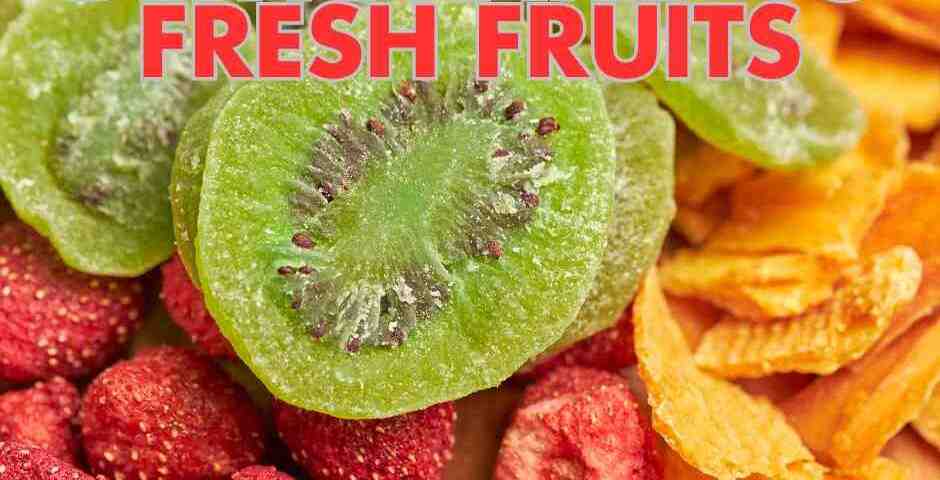Dehydrated Vs Fresh Fruits

Link Between Color and Car Accidents
May 27, 2025
Deja Vu and You
May 27, 2025- Accident doctor
- accupuncture
- airplane headache
- alzheimer's
- best habits
- Brain Injuries
- car accident
- car accidents
- cervical strain
- colds
- concussion
- Concussions
- disc bulge
- dosage meds
- dry needling
- dull pain
- E bike injuries
- florida
- good posture
- headaches
- Headrest positions
- Headrest positions after an accident
- Healthy choices
- Healthy flying
- healthy gift guide
- Healthy SPring Ideas
- hip pain
- hyperextension
- injury doctor
- insurance
- Kayaking
- kentucky
- kids motion sickness
- lifestyle
- motion sickness
- neck injury
- no fault insurance doctor
- noise healing
- osteoporosis
- pain symptoms
- pink noise
- posterior chain
- posture
- prevent osteoporosis
- Rest
- Scoliosis
- shoulder pain
- Stress with kids after a motor vehicle accident
- TBI
- tips
- tmj
- torn muscle
- Traumatic Brain Injury
- trigger points
- VitaminD
- What are Post Traumatic headaches?
Dehydrated Versus Fresh Fruits
Fruit is essential for a balanced diet, but getting kids to eat it can be challenging. Fresh apple slices are crisp and juicy, while dehydrated apple slices are sweet and chewy, often more appealing to the kids. Both are healthy and tasty, but they differ in unique ways. Dr. Aaron Workman, a parent as well as a team member of one of the highest rated car accident medical care organizations in Kentucky, compares the pros and cons of fresh versus dehydrated apple slices to help parents choose the best snack for their family.
Storage
Dehydrated apples are great with storage, lasting months or even a year without refrigeration. You can stash them in a pantry or cabinet and forget about them going bad. Kids can toss them in a backpack for school, travel, or hikes, and they will not get damaged. This makes dehydrated apples perfect for on-the-go snacks, from car rides to outdoor activities.
Fresh apples last about a month, but they need cool storage, like a fridge, to stay crisp. Parents can keep fresh apples on hand, but everyone in the household must eat them quickly to avoid waste. If a kid packs one in a backpack, it may end up bruised and uneaten, which can frustrate both kids and parents.
Nutrition
Dehydrated apples pack a nutritional punch, offering more fiber, potassium, and antioxidants per ounce than fresh apples. The drying process reduces some vitamins, like vitamin C, and concentrates sugars, making each bite sweeter and higher in calories. A few pieces of dehydrated apple can give a quick energy boost before a workout or exam, perfect for a fast pick-me-up. For kids or anyone with eating challenges, dehydrated apples deliver more nutrients in a smaller bite.
Fresh apples provide nearly the same nutrients as dehydrated ones, with higher vitamin C levels and no loss from processing. They are free of preservatives or added sugars sometimes found in dehydrated versions. Fresh apples break down slowly, keeping you full longer, which is great for sustained energy. Their natural water content also supports hydration, making them a balanced choice for everyday eating.
Cooking and Usage
Dehydrated apples bring a sweet, chewy burst to trail mixes with nuts or cereals, giving flavor without browning and ruining the snack. They are easy to add into recipes like oatmeal or granola while staying fresh. Parents can mix dehydrated apples into kids’ snacks, adding a tasty nutrient boost that holds up to their day.
Fresh apples do great in baking, from pies to muffins and other desserts, where their juicy texture and unique flavor jump out. You can grab a fresh apple straight from a tree and eat it instantly, making it the no-fuss fruit. Fresh apples are perfect for recipes needing a natural, crisp bite or for simple snacking without prep.
Both dehydrated and fresh apples have unique strengths. Dehydrated apples are portable, nutrient-dense, and a sweet addition to on-the-go snacks, though their higher sugar and lack of water need considered. Fresh apples deliver fruit in its pure form, offering fullness, hydration, and versatility in baked goods and desserts. The best decision may be to keep both on hand and used based on your day, diet, and taste.
— This article is written by Aaron Workman, DC, one of the members of Chambers Medical Group’s team of car accident chiropractors who offer a variety of treatments and therapies ranging from diagnostic testing to various soft tissue therapies for car accidents and injuries in Kentucky.
- Car Accident Medical Clinic in Tampa
- Car Accident Medical Clinic in Plant City
- Car Accident Medical Clinic in Brandon
- Car Accident Medical Clinic in Lakeland
- Car Accident Medical Clinic in Sarasota
- Car Accident Medical Clinic in Louisville
- Car Accident Medical Clinic in Lexington
- Car Accident Medical Clinic in Florence




